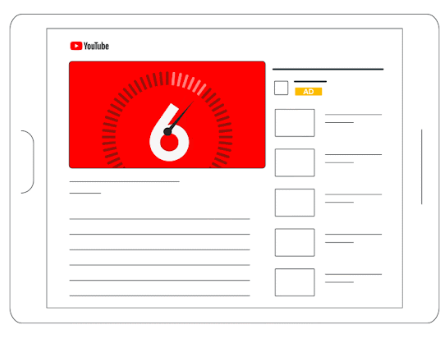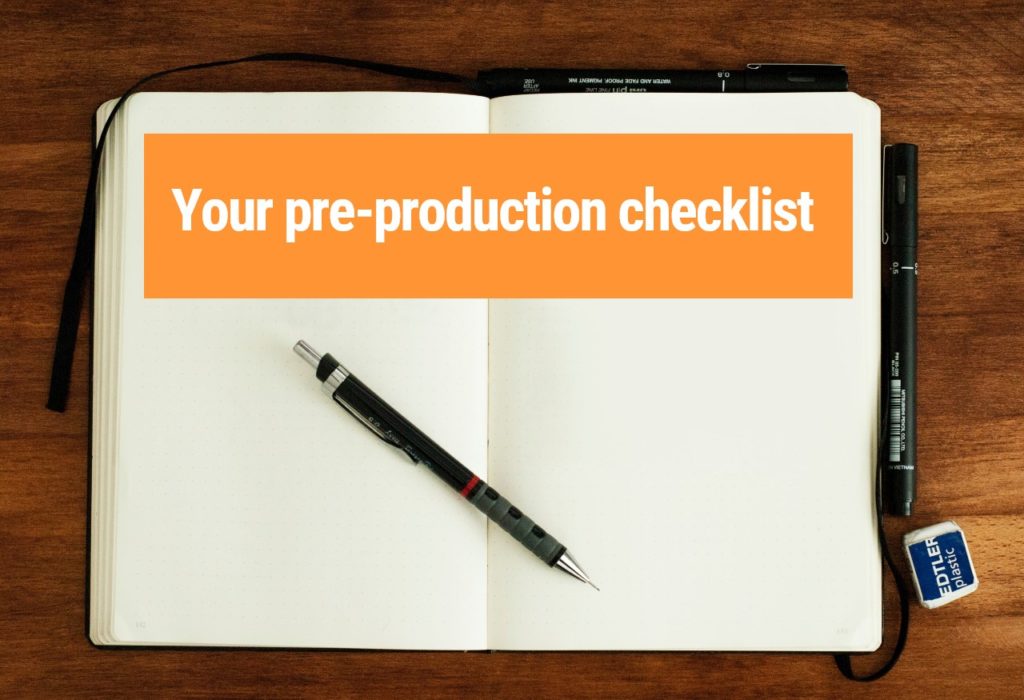Have you been debating whether or not to add video into your marketing strategy? Well, now is the time. Since 2018, marketing trends have transitioned from written and photo-based content to engaging and captivating video content. The demand is there. More than 50% of consumers want to see videos from brands over traditional photos or written content. A viewer can learn about a business, product, service, or even learn a new skill, all within a few minutes by watching a video.
Various types of video campaigns can amplify your business or brand, such as product demos, tutorials, vlogs, behind-the-scenes content, webinars, interviews, you name it, the creative potential is there. The best part? Creating a video doesn’t have to break the budget or require a lot of specialized equipment. Depending on your style and desired video type, it can all be done by someone handy with a smartphone.
One of the most effective ways to create a successful video ad campaign is to combine compelling content with an advertising strategy. Think about the ads you see every day. Which do you remember? Which do you think could be better? Use these helpful video marketing tips to kick start your business marketing strategy and start seeing immediate results!
1. Set Measurable Goals
When building a video marketing campaign, one of the most important things is defining and setting measurable goals. For example, what is the end-game of this campaign—are your goals brand awareness, lead engagement, or something else entirely? Set clear, definable metrics of success during the opening phase to understand why your brand needs this video then let that inform the following steps. Being clear and specific with your goals will go a long way toward reaching them.
2. Don’t Overlook Pre-Production
Grab that trusty notepad and start jotting down a pre-production checklist. Identifying a few key factors before you begin creating your video will help set you up for success. A few things to include in your checklist are: traits or desired demographic of your viewer, the primary goal of your video, a realistic schedule to complete tasks, your ideal budget, and finish with a call to action. Envision what message you want to convey and how you will connect to your viewer with the content in your video.
3. Answer: Who, What, and Why
Clear, definable metrics of success should have been defined in the previous phases. Now it is time to drill down into the actual content. Bring a team together to discover who your target audience is, what content your video is going to include, and why this content will accomplish the goals set in Step 1.
It’s important to research and understand who your intended audience is. People consume video on various mediums in tons of different contexts, so identifying the who of your video marketing campaign is incredibly important. Start by defining an audience, then get to know them and the problems they face. This will provide insights into what the consumer desires and will be beneficial in tailoring your video content to that specific audience (and platform(s) to reach them…more on that below). Try utilizing existing brand personas (or create new ones!) to craft your campaign tightly.
Now comes the fun part—what is the content of your video marketing campaign going to be? Using the information you gathered from your ‘who,’ identify what kind of story you want to tell and the best way to tell it. Answer the question for how you want the audience to feel after watching the video—inspired, happy, motivated to buy, etc.? This will allow you to tailor the video’s message clearly. Building off of your primary objective and taking the data from your audience research, you’ll be able to narrow down which story is best for you.
After establishing these, take time to revisit your previous steps to make sure the reasons why you are creating the who and the what will allow you to meet the measurable goals you have already laid out. It is important to do this because, quite honestly, during the creative brainstorming it will be easy to get carried away with a fun idea and lose sight of why you are creating this video in the first place. Let the why ground and inform your team.
4. Establish Your Platform and Find Inspiration
Video marketing is a powerful tool that, when used strategically, can set you apart from your competition. Considering your platform is crucial in order to put your brand, product, or service right in front of the people you want to reach.
For example, YouTube ads could be a key to your strategy. According to Google, since 2018, YouTube reaches more 18-49-year-olds in an average week than all cable TV networks combined. With some determination and strategic planning, you can get your message out there and reach a larger network of people.

Once you have decided upon the ideal platform for your video content, look to other video ads that have found success. While you obviously don’t want to rip off any ideas, consider what all these ads have in common and try to incorporate those themes into your content.
5. Enjoy Production
First and foremost, have fun with it! As daunting as creating a video for your business can seem, it will be incredibly rewarding. Everyone that has designed a video has encountered struggles, but the process doesn’t have to be cumbersome. Videos are a great way to showcase your personality and allow the viewer to connect with you and the culture of your business.
6. Have a Post-Production and Distribution Plan Ready
While the post-production process can be challenging, seeing your video come to life is an exciting and gratifying feeling. Post-production revolves around video editing, incorporating b-roll content, and designing graphics or visual effects. Beyond, one of our favorite tactics that our video team is experts at includes creating remix versions of videos to fit different platforms, formats, or even tell slightly different stories to your various audiences. Creating unique videos in this way can improve campaign ROI and bolster relationships with your unique audiences in a clever way.
After you have your final video campaign completed, hopefully with a variety of videos dedicated to each platform and audience, now comes the exciting part of putting it together and sharing it with your audience. First, begin by distributing your video on your chosen platform(s). Then, add the video to your website and incorporate it onto any relevant pages. Next, publish your video on your social media networks and drum up excitement using catchy captions and calls to action. Finally, tap into email marketing and incorporate your video into a promotional email or newsletter to share it with your network of consumers.
Now you’re ready for the next distribution phase of your marketing plan. The video can then be distributed across various networks using search ads, social media ads, sponsored content, or influencer marketing. All of this will increase the potential for organic re-shares and continued distribution throughout your viewership.

Video Marketing Is The Future
Your video marketing campaign will have four distinct phases: pre-production (where you’ll identify the who, what, and why), production, post-production, and distribution through video advertising. While production can be lots of fun—who doesn’t love the “lights, camera, action”—putting in the hard work during pre-production will make your filming and post-production experience much smoother.
Marketing strategies are quickly changing, and video is the next marketing trend to take the world by storm. Now is the time to start using video to showcase your passion, product, or business and start cultivating your community. Reach out to Booyah’s team of creative video experts to discuss how we can help your next video marketing campaign.



